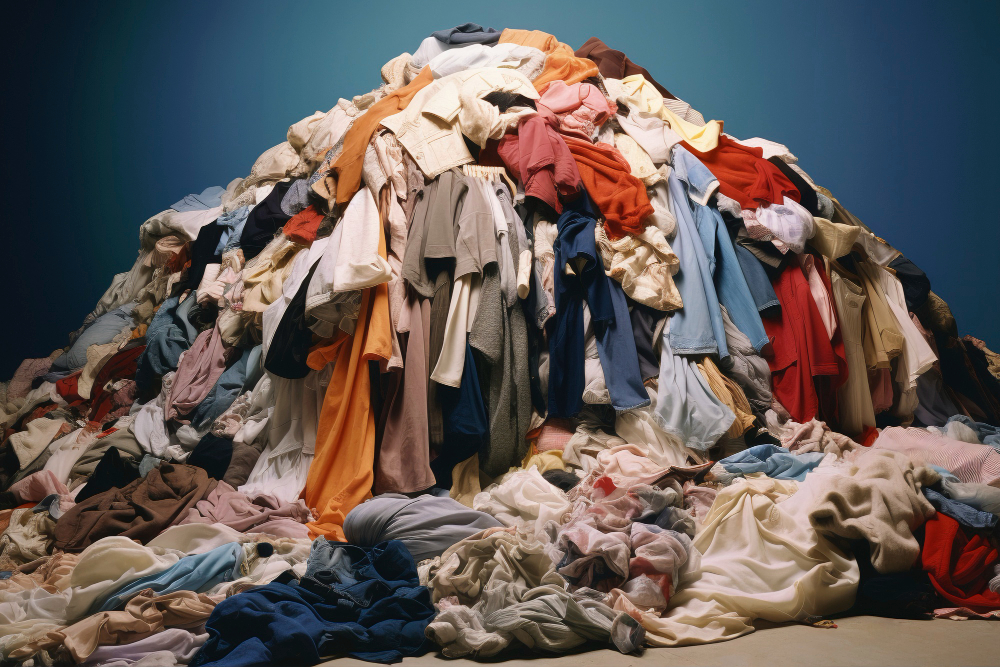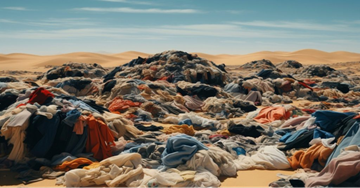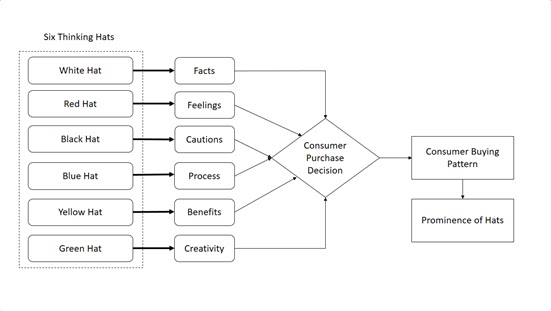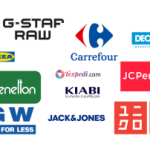Textile waste is a significant environmental issue in Europe. The region consumes a large amount of textiles each year, and a considerable portion of these textiles end up as waste. Today, more than 15 kilograms of textile waste is generated per person in Europe.
At least one-fifth of Europe’s textile waste could be reworked into new clothing, reports a McKinsey study [1], which also estimates that a circular economy for textiles could become profitable and create 15,000 new jobs in Europe by 2030.
Present challenges of the textile industry and textile wastes?
Textiles are often made from a combination of natural fibers (such as cotton or wool) and synthetic fibers (such as polyester or nylon). These fibers may be blended, woven, dyed, or coated, making the separation and recycling process more complicated. The presence of different materials and chemical additives can affect the recyclability and quality of the recycled fibers.

There is a lack of proper technology, particularly when it comes to sorting the collected clothing, separating blended fibres, separating fibres from chemicals including colour during recycling, and establishing which chemicals were used in production in the first place. The European Union (EU) has recognized the importance of addressing sustainability issues in the textile industry and has developed a comprehensive strategy to promote sustainability throughout the textile value chain. A huge stumbling block is the data disconnect between fabric suppliers, manufacturers and retailers, causing a lack of transparency about the fibre, dye and embellishment content of garments.
The production and consumption of textiles generate greenhouse gas emissions, in particular from resource extraction, production, washing and drying, and waste incineration. Textile products consumed in the EU generated greenhouse gas emissions of 121 million tones carbon dioxide equivalent (CO2e) in total, or 270kg CO2e per person.
To produce all clothing, footwear and household textiles purchased by EU households in 2020, about 4,000 million m³ of blue water were required, amounting to 9m³ per person. Additionally, about 20,000 million m³ of green water was used, mainly for producing cotton, which amounts to 44m³ per person. Blue water is used fairly equally in producing clothing (40%), footwear (30%) and household and other textiles (30%). Green water is mainly consumed in producing clothing (almost 50%) and household textiles (30%), of which cotton production consumes the most.
Design for recyclability?
Designing for circularity is the most recent development in design for sustainability. Expanding a technical and product-centric focus to a focus on large-scale system-level changes (considering both production and consumption systems) shows that this latest development requires many more disciplines than traditional engineering design.
The careful selection of materials at the design stage boosts the lifetime, durability, and repairability of textiles. The materials chosen to determine the product’s ability to last longer and the ease with which it may be repaired. Several fundamental design concepts, such as technical standards for color fastness and fabric resistance, and practical requirements that clothes be multipurpose and suitable for purpose, as well as repair kits and/or replacement parts, boost the durability and quality of garments.
The second route involves reducing stress by optimizing resource utilization. Textile companies are concentrating on decreasing and optimizing water and energy usage, air emissions, and water pollution using safe chemicals and diverse biodegradable materials. In recent years, the transformation to a circular economy has driven some segments of the textile industry to adopt business models that prioritize access to products above ownership.
Understanding customer behavior, as well as their attitude and motivation toward textile disposal, is critical for designing effective collecting and selling platforms. Customers must be informed about what happens to the textiles collected. This encourages individuals to engage, and openness also aids in the prevention of corporate greenwashing.
While the previous pathways focused on ‘slowing down the loop’, the last pathway on recycling and material reuse ‘closes the loop’. By reducing resource use and prolonging the useful life of textiles, this model enables the loop to be closed by turning textile wastes into raw material for new textiles or other production chains. Material can be reused at the fabric level through remanufacturing, also often referred to as ‘upcycling’, or at the fibre level through recycling. Both reduce the need for virgin raw materials and textile waste generation.
Currently, the indicators and outcomes are positive throughout Europe are excellent. According to Thredup’s newest Resale Report, the worldwide second-hand garment industry will nearly treble by 2027, hitting $350 billion Retailers are embracing reselling at a rapid pace. According to the research, 88 companies would establish resale programs by 2022.According to Avery Dennison and GWI’s Digital Consumer Behaviour Report 2023 [2] (for which 6,300 global clothing shoppers surveyed), 45% of European fashion shoppers said they are drawn to fashion brands using recycled materials in their garments.
MD. SAIFUL ISLAM SAAD (Student of Bangladesh University of Textiles, Textile Engineering Management, Batch 45, ID:201915030)
References:
- https://www.mckinsey.com/industries/retail/our-insights/scaling-textile-recycling-in-europe-turning-waste-into-value
- https://explore.averydennison.com/gwi-report-2023/p/1
Check out these related articles:










